What are dill leaves, and why do chefs prefer fresh over dried? Fresh dill leaves (Anethum graveolens) are the feathery green herb harvested before flowering, offering bright citrus notes with grassy-anise undertones that dried dill can't replicate. They contain volatile compounds like limonene that evaporate quickly when heated, making fresh dill essential for dishes where brightness defines quality. Here's exactly how to use, store, and maximize their flavor in everyday cooking.
Why Fresh Dill Beats Dried Every Time
Fresh dill contains three key compounds that give it superior flavor: α-Phellandrene (45% for grassy-citrus notes), Dill ether (30% for anise finish), and Limonene (15% for volatile top notes). These compounds degrade rapidly when dried - losing 70-80% of their aromatic power. That's why fresh dill transforms simple dishes while dried versions deliver only earthy intensity.
| Herb/Spice | Flavor Profile | Best Applications | Substitution Ratio |
|---|---|---|---|
| Dill Leaves (Fresh) | Citrusy, grassy, bright notes | Salads, dressings, fish garnishes, tzatziki | 3 parts fresh = 1 part dried |
| Dill Weed (Dried) | Earthy-anise intensity | Stews, braises, spice rubs | 1 part dried = 3 parts fresh |
| Fennel Fronds | Sweeter licorice note | Garnishes, roasted vegetables | Acceptable swap only in non-critical dishes |
| Parsley | Neutral earthiness | Color contrast, background notes | Never direct substitute |
3 Essential Fresh Dill Tips Home Cooks Need
- When to add it: Stir in during the last 60 seconds of cooking - volatile compounds evaporate at 172°F (78°C)
- How to store: Place stems in water-filled jar, loosely cover with produce bag, change water daily (lasts 10 days)
- Perfect pairings: Combine with lemon, yogurt, salmon, or new potatoes for maximum flavor synergy
5 Simple Ways to Use Fresh Dill Today
1. Better Tzatziki in 5 Minutes
Mix 1 cup Greek yogurt, 1 tbsp lemon juice, 1 tbsp chopped dill, 1 minced garlic clove, and salt. The acid preserves dill's volatile oils while enhancing their flavor.
2. No-Waste Pickling Hack
Add whole dill umbels (flower clusters) to refrigerator pickles - they distribute flavor evenly while adding visual appeal.
3. Salmon with Lemon-Dill Butter
Top cooked salmon with 1 tbsp softened butter mixed with 1 tsp lemon zest and 1 tbsp fresh dill - the fat carries flavor compounds better than water-based sauces.
4. Dill-Infused Potato Salad
Warm potatoes with 2 tbsp vinegar and 1 tbsp chopped dill before adding dressing - heat opens cellular structures for maximum flavor absorption.
5. Easy Dill Oil for Bread Dipping
Blend ¼ cup olive oil with 2 tbsp fresh dill and 1 garlic clove. The oil preserves flavor compounds better than water-based preparations.
Avoid These 4 Common Mistakes
- ❌ Adding dill to hot pans (>172°F) causing flavor evaporation
- ❌ Using dried dill as 1:1 fresh substitute (use 1 part dried for 3 parts fresh)
- ❌ Storing in sealed containers (traps moisture causing faster spoilage)
- ❌ Skipping cold-water rinse (removes potential pesticide residue)
How to Pick & Store Like a Pro
Look for bright green, feathery fronds without yellowing. Avoid limp or slimy stems. For storage: Trim ends, place in water-filled jar (like flowers), loosely cover with plastic bag, and refrigerate. Change water daily to extend freshness to 10 days. Never wash before storage - moisture accelerates spoilage.
Freezing Fresh Dill Properly
Flash-freeze for best results: Chop leaves, mix with olive oil (2:1 ratio), and freeze in ice cube trays. Once solid, transfer to freezer bags. This preserves 90%+ flavor compounds by protecting volatile oils from oxidation. Avoid freezing whole sprigs dry - ice crystals rupture cell walls.
Nutrition Per Tablespoon
Fresh dill delivers surprising nutrition in small amounts:
- Vitamin A: 15% daily value (supports eye health)
- Vitamin C: 12% daily value (immune support)
- Antioxidants: 2,800 μmol TE/100g (fights oxidative stress)
Global Flavor Pairing Guide
Dill's versatility shines across world cuisines:
- Scandinavian: Pair with salmon and aquavit - alcohol extracts hydrophobic flavor compounds
- Greek: Combine with lemon and olive oil - creates stable flavor emulsion
- Indian: Use in yogurt-based raita - acid stabilizes volatile oils
- Eastern European: Essential for borscht and cucumber salads
Visual Identification Guide
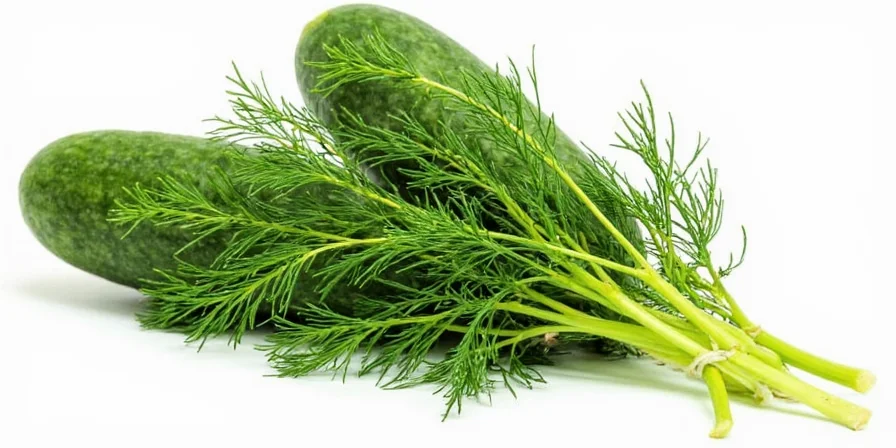
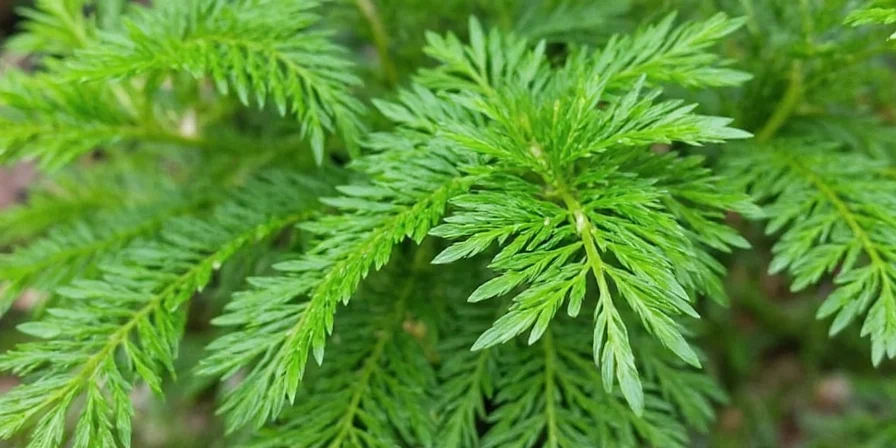
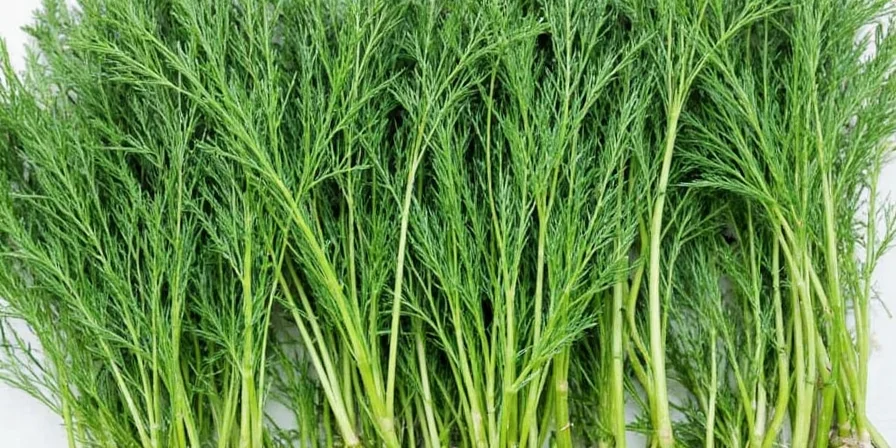

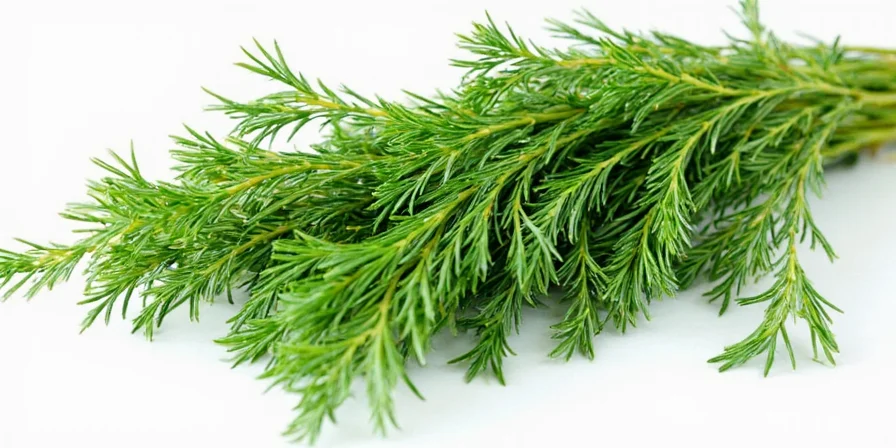
FAQs Answered Simply
How much dried dill equals fresh?
Use 1 part dried dill weed for every 3 parts fresh. Dried dill loses most volatile compounds during dehydration, requiring less quantity for equivalent flavor.
Why does my dill taste bitter?
Dill becomes bitter when exposed to heat over 172°F (78°C) for more than 60 seconds. Always add fresh dill at the very end of cooking or as a garnish.
How to tell real dill from fennel?
Real dill has delicate, fern-like leaves with hollow stems. Smell test: genuine dill emits citrus-anise notes. Fennel has solid stems and stronger licorice aroma.
Best way to revive wilted dill?
Trim ends and place in ice water for 15 minutes. The cold water rehydrates cells, restoring crispness. Pat dry before using.
Final Takeaways for Home Cooks
Fresh dill leaves transform simple dishes with their bright, citrusy flavor that dried versions can't match. By adding it at the last moment, storing properly in water, and pairing with acidic ingredients, you'll maximize its culinary impact. Remember the 3:1 fresh-to-dried ratio, avoid common mistakes like early addition to hot dishes, and use these simple techniques to make your cooking restaurant-quality.

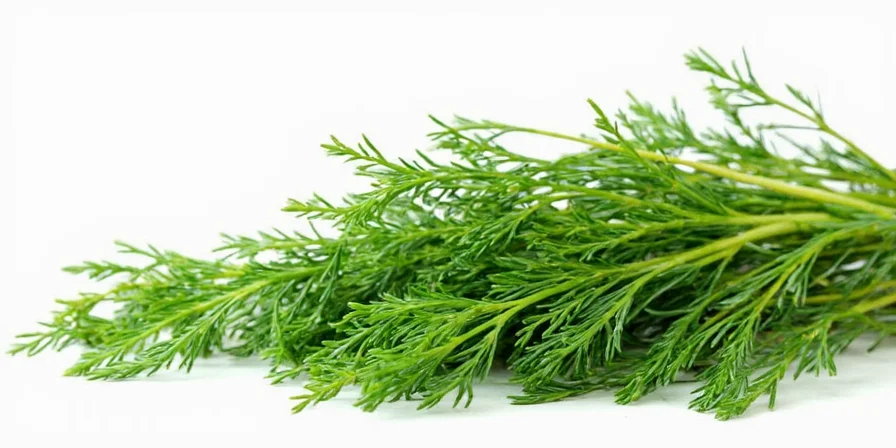









 浙公网安备
33010002000092号
浙公网安备
33010002000092号 浙B2-20120091-4
浙B2-20120091-4